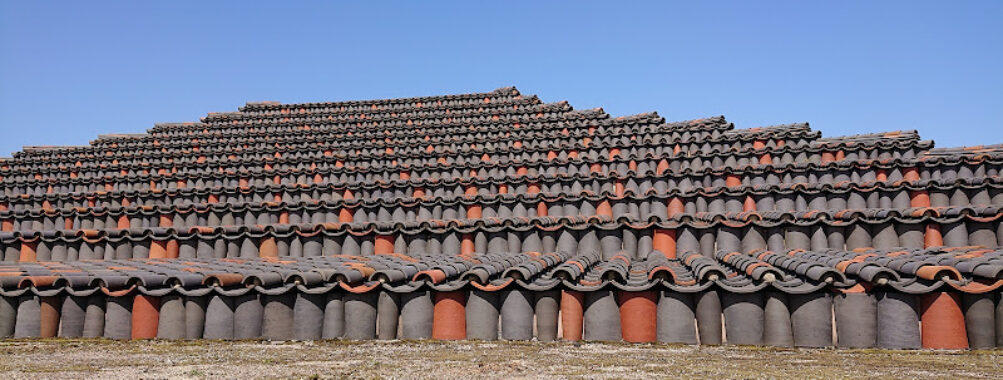
Doto
Table of Contents
Description
Doto stands as an incredible testament to Japan’s rich cultural heritage. As a Buddhist monk who lived during the Nara period, Gyōki’s influence resonates through this historical site that I found utterly captivating during my visits. The ancient architecture here really draws you in – I spent hours just taking in the intricate details that have survived centuries of history. Walking through the grounds, you’ll notice the perfect blend of spiritual tranquility and historical significance that makes this place so special.
Key Features
• Traditional Japanese Buddhist architecture showcasing Nara period design elements
• Meticulously maintained meditation gardens that change beautifully with the seasons
• Ancient stone pathways that wind through the complex
• Historical artifacts and religious items on display
• Peaceful prayer halls where visitors can experience moments of reflection
• Stunning wooden structures featuring original craftsmanship
• Scenic viewing points offering spectacular views of the surrounding area
• Traditional tea ceremony room where occasional demonstrations are held
Best Time to Visit
I’ve been here during different seasons, and lemme tell you – early spring and late autumn are absolutely magical. The spring months (March-May) bring mild temperatures and occasional cherry blossoms, creating picture-perfect moments. Fall (October-November) transforms the grounds with vibrant red and gold foliage that’ll take your breath away. But honestly? Even summer has its charm, especially during early morning hours when the air is still cool and crisp. Just try to avoid visiting during rainy season (June) when the paths can get pretty slippery.
How to Get There
Getting to Doto isn’t particularly complicated, but it does require some planning. From major Japanese cities, you’ll want to take a train to the nearest station. From there, you can catch a local bus that stops about 10 minutes away from the site – I learned this the hard way on my first visit! Regular buses run throughout the day, usually every 30-45 minutes. If you’re driving, there’s a decent-sized parking lot available, though it can fill up quickly during peak season and holidays. Taxis are also readily available from the nearest train station, and most drivers know exactly where to go.
Tips for Visiting
From my multiple visits here, I’ve picked up some handy tips that’ll make your experience even better. First off, wear comfortable shoes – you’ll be doing lots of walking on uneven surfaces. Trust me, those fancy sandals I wore once were a huge mistake! Arrive early in the morning to avoid both crowds and the midday heat.
Remember to bring cash as some areas don’t accept cards. There’s a small entrance fee, and you might want to purchase charms or participate in traditional activities. Photography is allowed in most areas, but be respectful during ceremonies or in prayer halls.
Pack some water and snacks, as the food options onsite are limited. Oh, and don’t forget to grab a temple stamp (goshuin) if you’re collecting them – the calligraphy here is particularly beautiful. During summer months, bring a small towel and maybe a fan – it can get pretty humid!
The staff mostly speaks Japanese, but they’re super helpful and patient with international visitors. I’ve seen them use gesture communication effectively many times. And hey, downloading a translation app beforehand wouldn’t hurt!
Lastly, check their schedule for special events or festivals – these can really enhance your visit, though they also mean bigger crowds. I once stumbled upon a traditional ceremony by chance, and it ended up being the highlight of my entire trip!
Location
Places to Stay Near Doto
Find and Book a Tour
Explore More Travel Guides
No reviews found! Be the first to review!